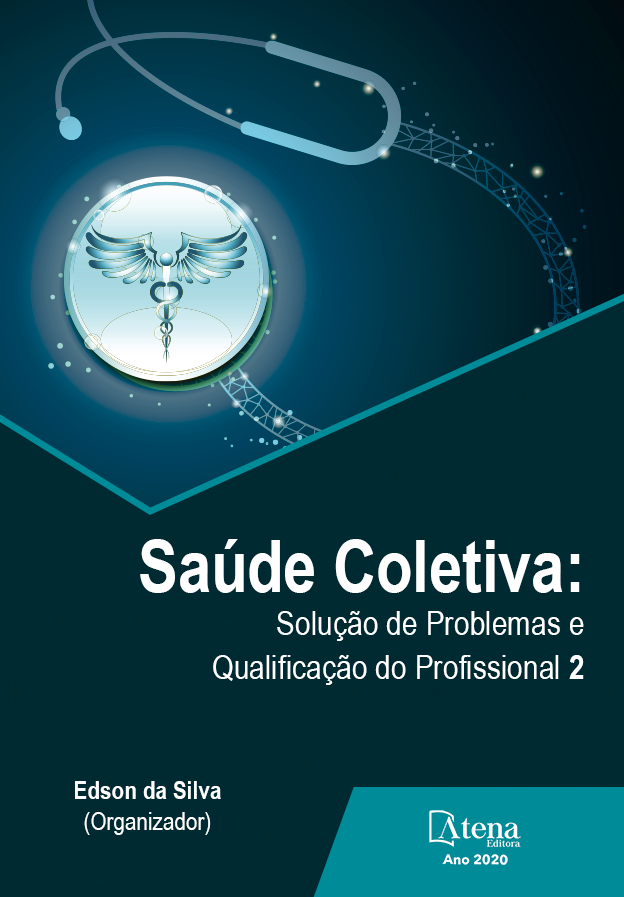
CENÁRIO DOS CUSTOS DAS DIÁRIAS HOSPITALARES EM TERAPIA INTENSIVA NO SISTEMA ÚNICO DE SAÚDE: UMA ANÁLISE DA CIDADE DE SÃO PAULO
Introdução: Os Gestores de hospitais sejam eles públicos ou privados, cada dia mais precisam entender os custos em saúde, que ultimamente só aumentam, consumindo boa parte dos recursos disponíveis no tratamento de enfermidades. O ambiente de cuidados em terapia intensiva e cuidados intermediários, foco do presente estudo, são ambientes destinados a assistir pacientes graves e de risco no meio hospitalar, e são considerados de alta complexidade, por contar com um aparato tecnológico e informatização. Objetivo: Este estudo teve como objetivo, analisar os custos das diárias hospitalares em terapia intensiva no SUS. Metodologia: Tratou-se de um estudo descritivo, do tipo estudo de caso, que se utilizou da avaliação econômica parcial em saúde. Resultados e discussões: A organização das unidades de cuidados intensivos e intermediários se divide em Unidade de Terapia Intensiva - UTI ou Unidades de Cuidados Intermediários – UCI. O total de leitos disponíveis corresponde em 2.671 leitos, com a maioria disponibilizada para a UTI do tipo adulto III e II. Não se observou leitos para Unidade Coronariana II e III e UTI neonatal I. A percentagem da taxa de ocupação na cidade de São Paulo, que se manteve em torno de 60 à 65% nos meses avaliados de 2019. Registra-se um aumento da taxa nos meses de janeiro (69,62%) e julho (65,54%), e uma menor taxa no mês de abril (59,41%). A média de permanência em terapia intensiva demonstrou que a especialidade de pneumologia sanitária apresentou maior média de permanência em UTI (23,50 dias), seguido pela pediatria (12,79 dias), a Clínica médica (10,03 dias), a clínica cirúrgica (6,57 dias) e a obstetrícia (6,57dias). o custo médio de uma diária de terapia intensiva no SUS por especialidade no município de São Paulo, fica em torno de R$ 537,27, com o maior custo médio pela especialidade de pediatria, seguido pela clínica médica (R$ 543,91), a clínica cirúrgica (R$ 523,88), a intercorrência pós-transplantes (R$ 508,63), a obstetrícia (R$ 481,63) e a pneumologia (R$ 478,95). Conclusão: Em época de recursos finitos, saber gerenciar os serviços garante um impacto positivo ao orçamento, pois para o SUS, a eficiência baseia-se na relação entre os produtos (bens e serviços) gerados por uma atividade e os custos dos insumos empregados em um determinado período de tempo.
CENÁRIO DOS CUSTOS DAS DIÁRIAS HOSPITALARES EM TERAPIA INTENSIVA NO SISTEMA ÚNICO DE SAÚDE: UMA ANÁLISE DA CIDADE DE SÃO PAULO
-
DOI: 10.22533/at.ed.3002001126
-
Palavras-chave: Custo; Terapia Intensiva e Sistema Único de Saúde
-
Keywords: Cost; Critical Care and Unified Health System.
-
Abstract:
Introduction: Hospital managers, whether public or private, increasingly need to understand health costs, which lately only increase, consuming a good part of the resources available in the treatment of illnesses. The care environment in critical care and intermediate care, the focus of the present study, are environments designed to assist critically ill and at-risk patients in the hospital environment, and are considered to be highly complex, as they have a technological apparatus and computerization. Objective: This study aimed to analyze the costs of hospital stays in critical care at SUS. Methodology: This was a descriptive study, of the case study type, which used the partial economic evaluation in health. Results and discussions: The organization of critical and intermediate care units is divided into Critical Care Units - CCU or Intermediate Care Units - ICU. The total number of available beds corresponds to 2,671 beds, with the majority available for the adult type III and II ICU. No beds were observed for Coronary Unit II and III and neonatal ICU I. The percentage of the occupancy rate in the city of São Paulo, which remained around 60 to 65% in the evaluated months of 2019. There is an increase in the rate in January (69.62%) and July (65.54%), and a lower rate in April (59.41%). The average length of stay in critical care showed that the specialty of sanitary pneumology had the highest average stay in the CCU (23.50 days), followed by pediatrics (12.79 days), the Medical Clinic (10.03 days), the clinic surgical (6.57 days) and obstetrics (6.57 days). the average cost of a daily critical care unit in the SUS by specialty in the city of São Paulo, is around R$ 537.27, with the highest average cost for the pediatric specialty, followed by the medical clinic (R$ 543.91) , surgical clinic (R$ 523.88), post-transplant complications (R$ 508.63), obstetrics (R$ 481.63) and pneumology (R $ 478.95). Conclusion: In times of finite resources, knowing how to manage services guarantees a positive impact on the budget, as for SUS, efficiency is based on the relationship between the products (goods and services) generated by an activity and the costs of the inputs used in a certain period of time.
-
Número de páginas: 23
- Denise Cavalcante
- Adam Carlos Cruz da Silva


